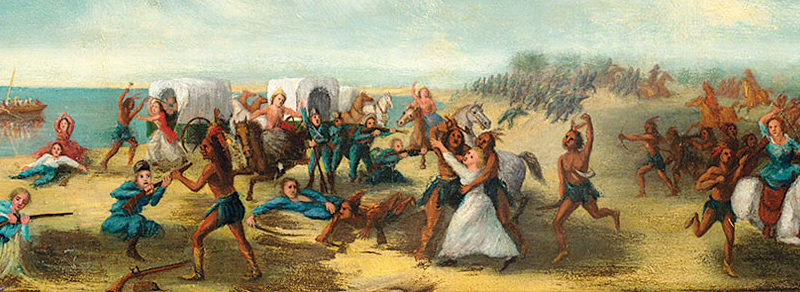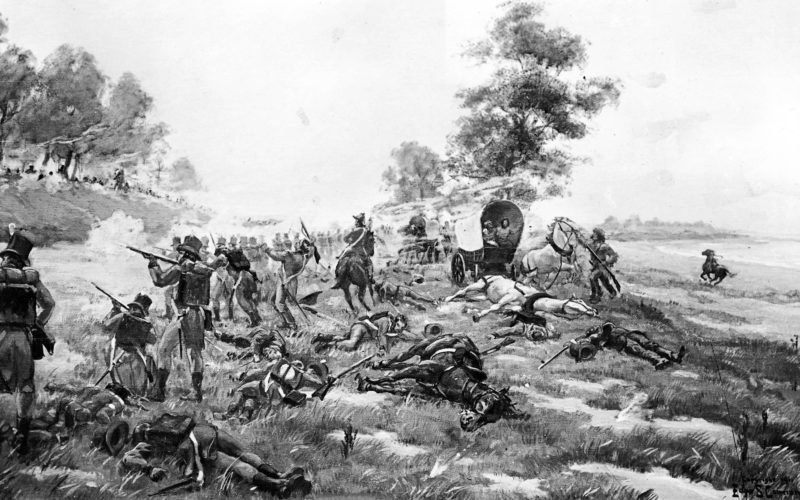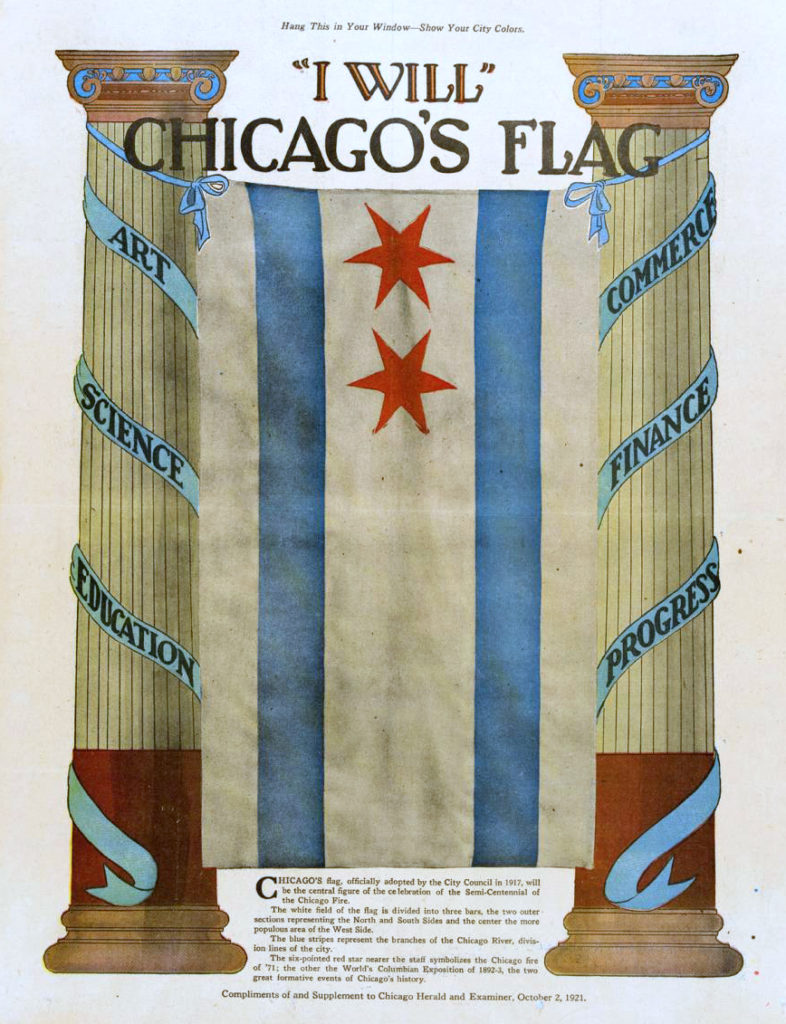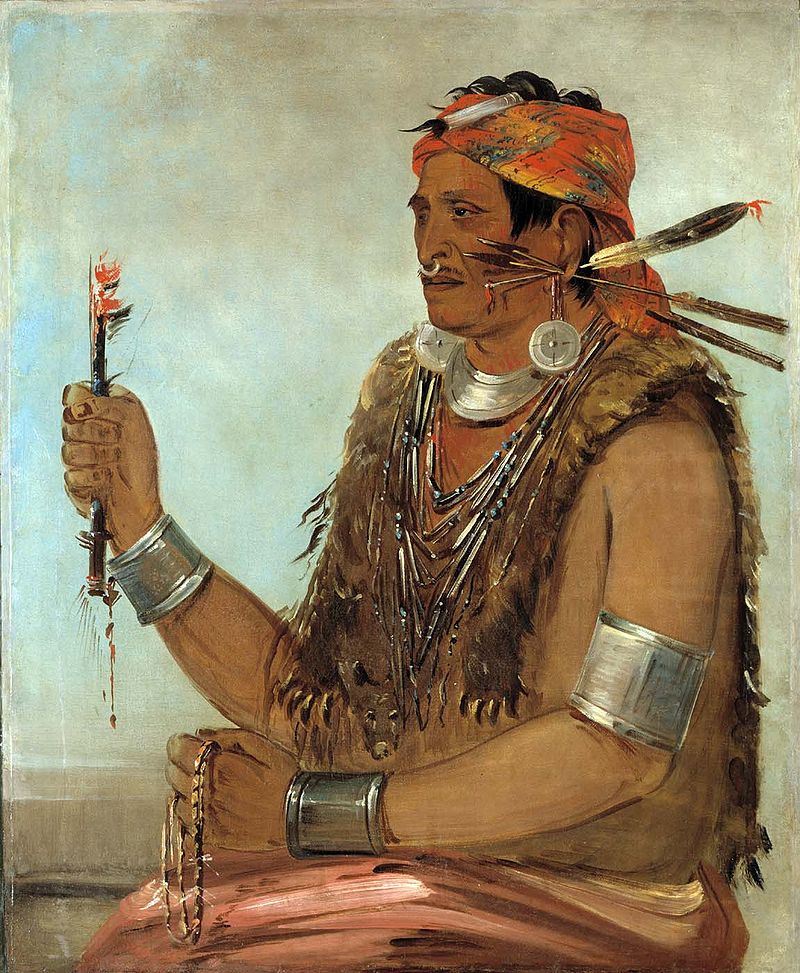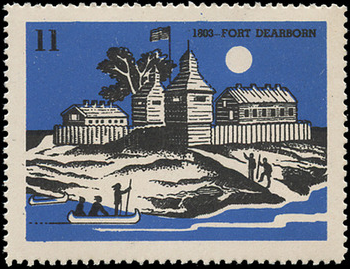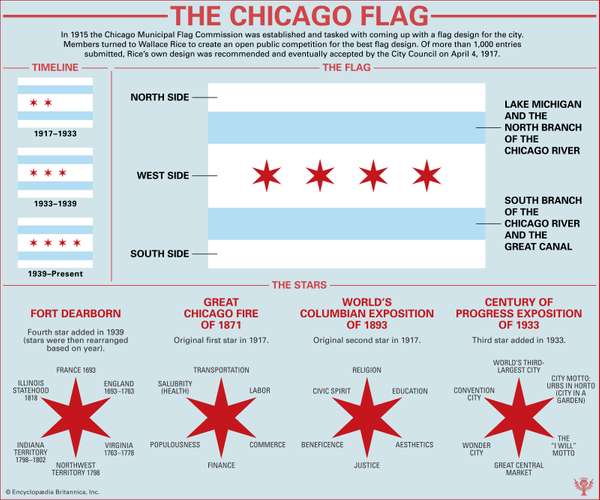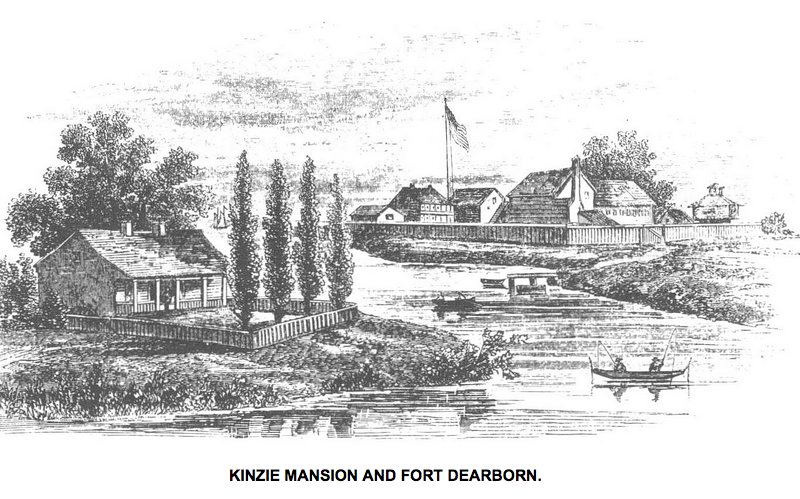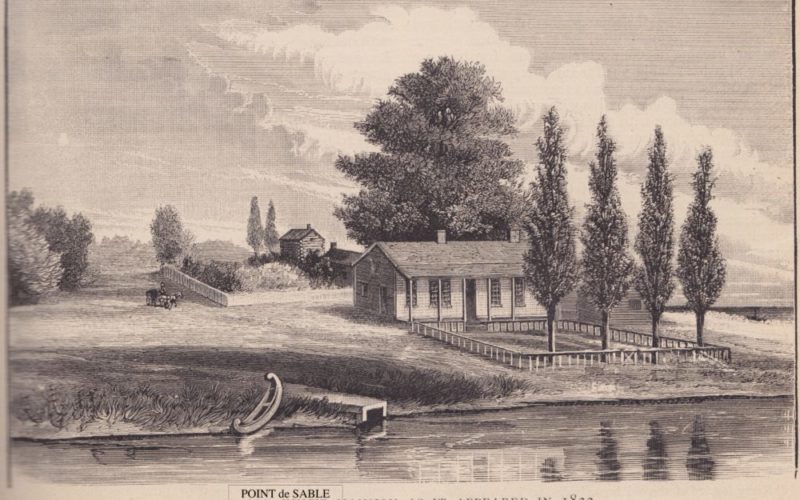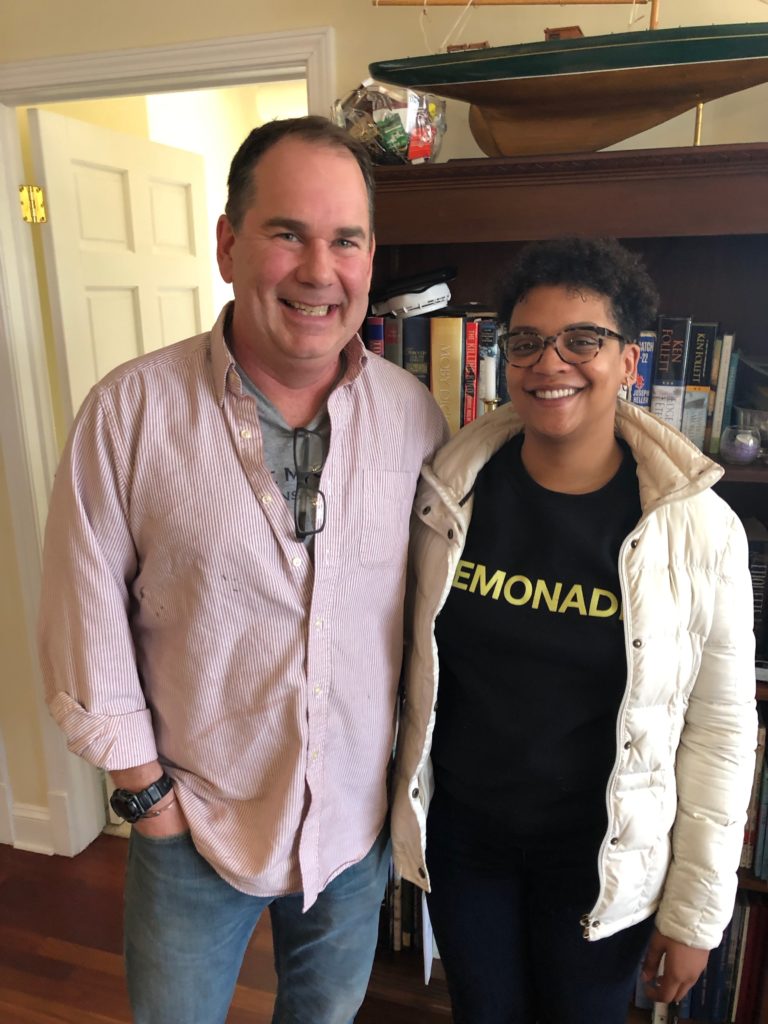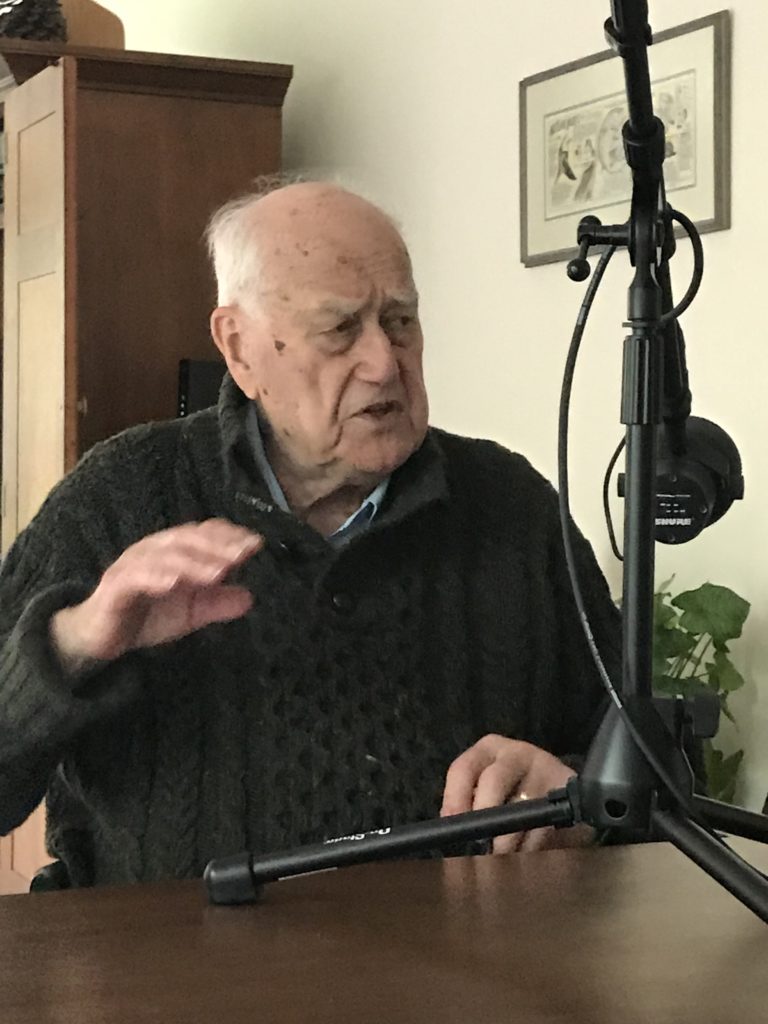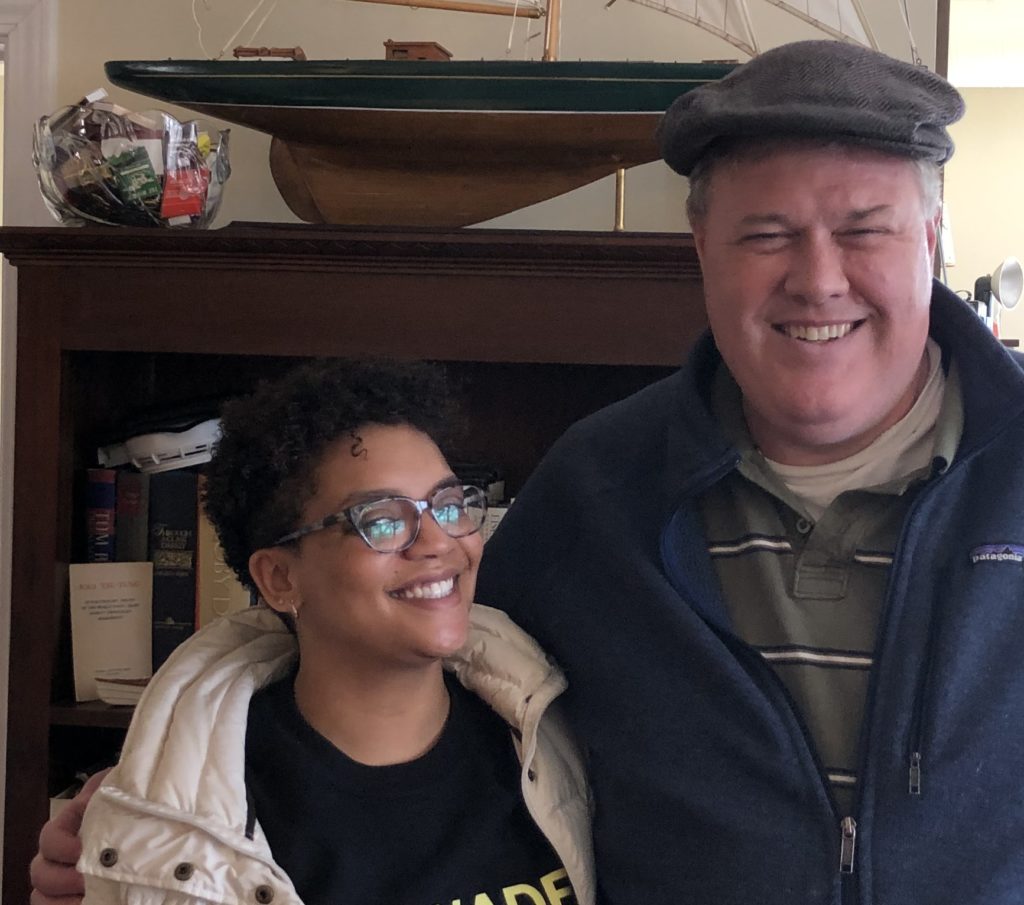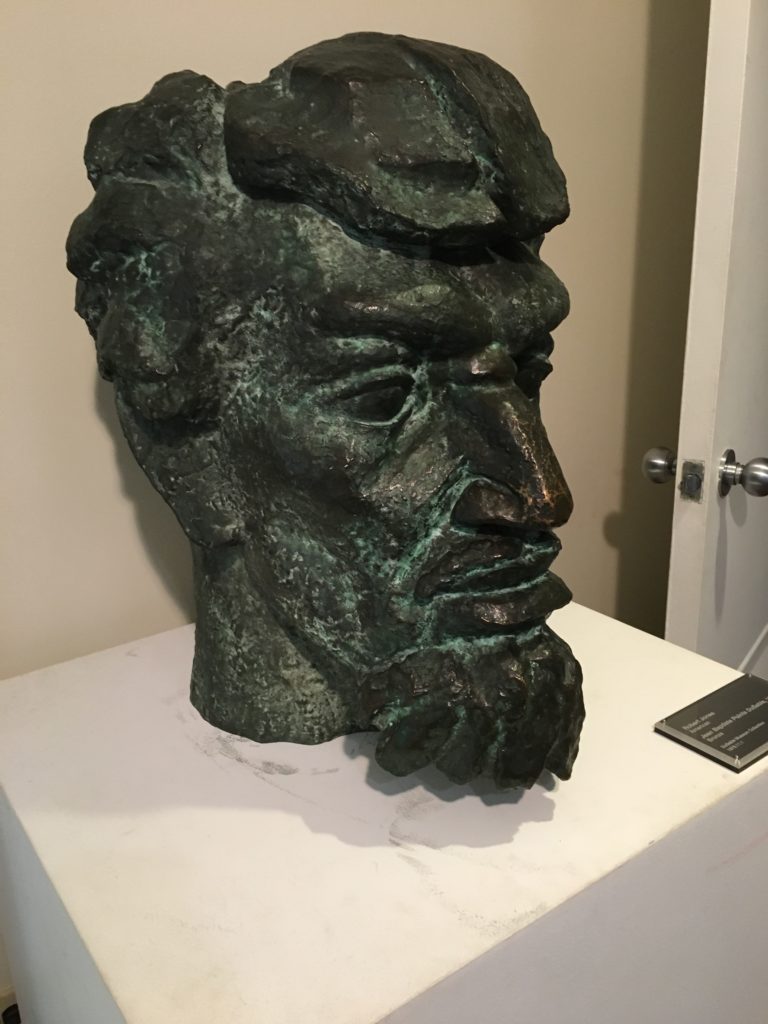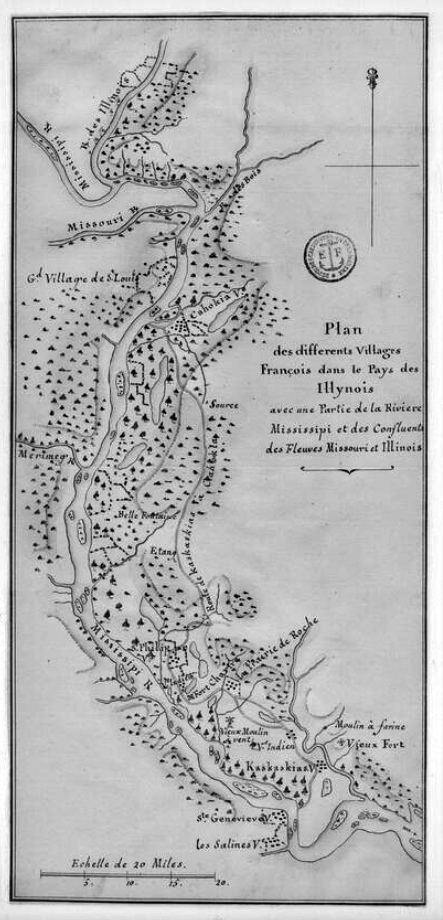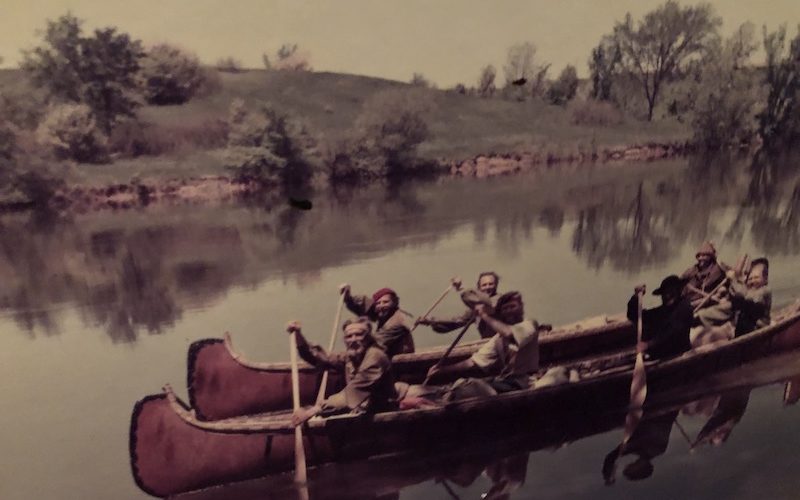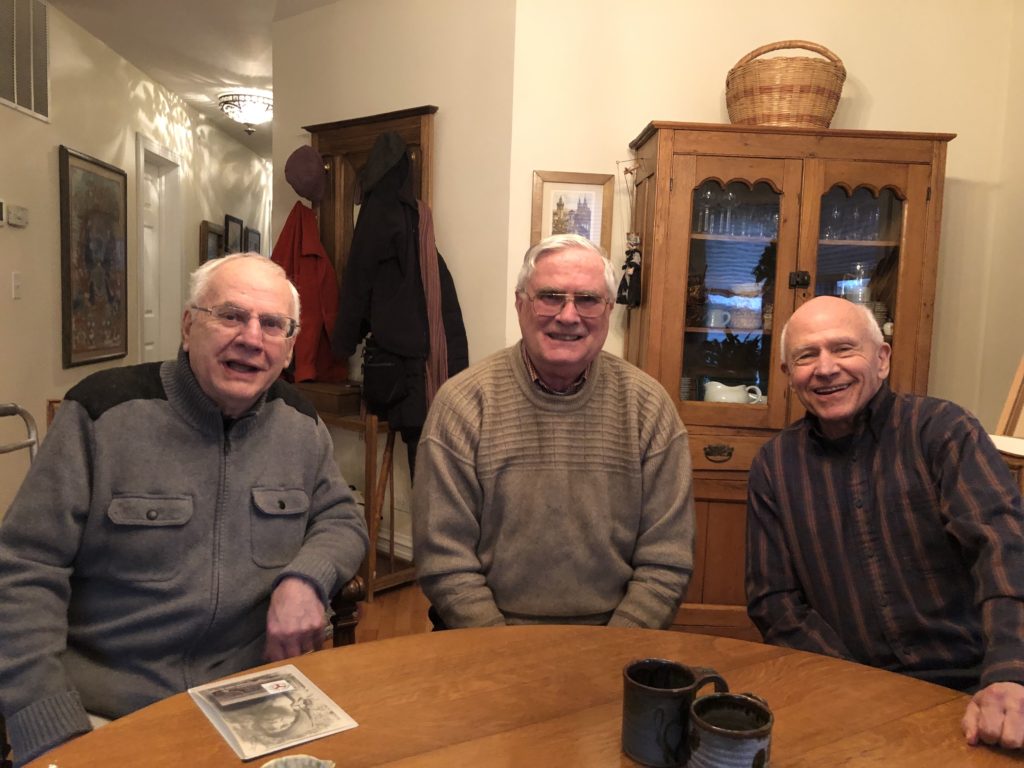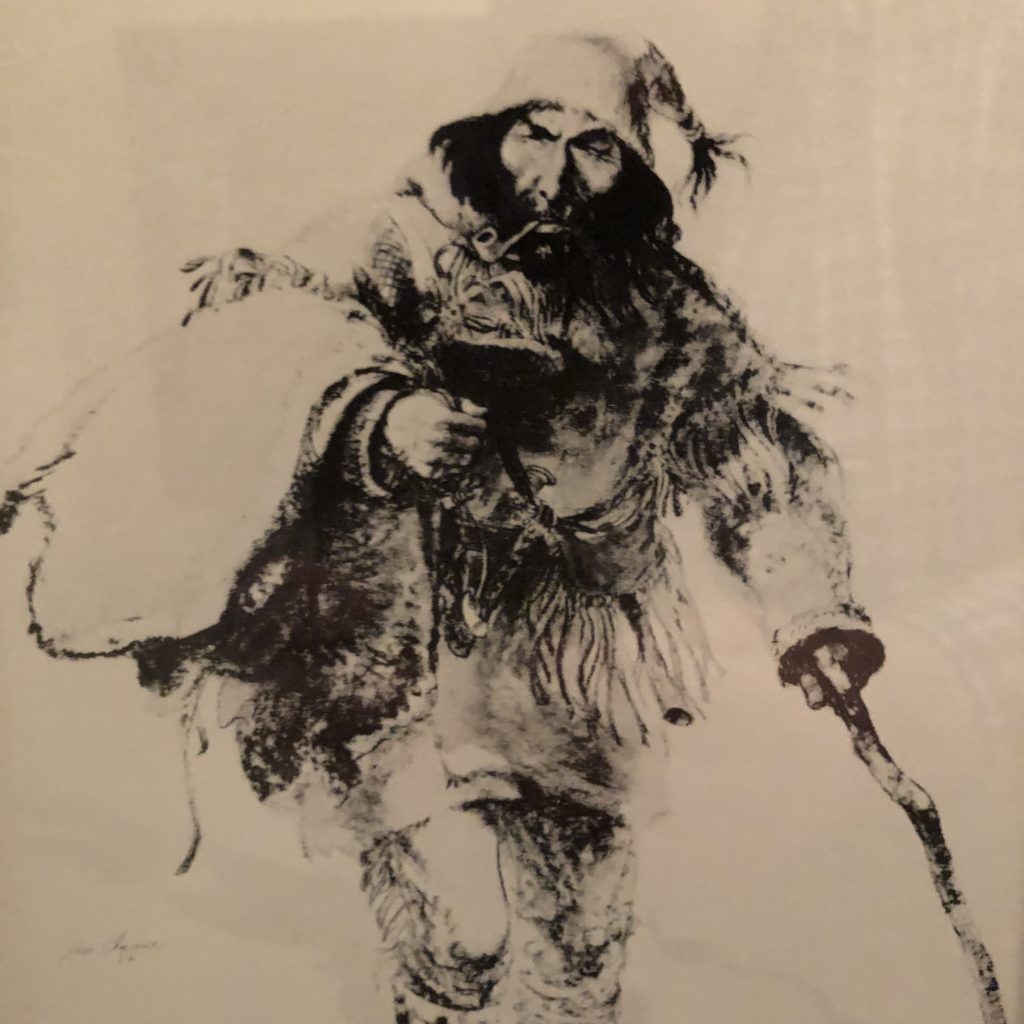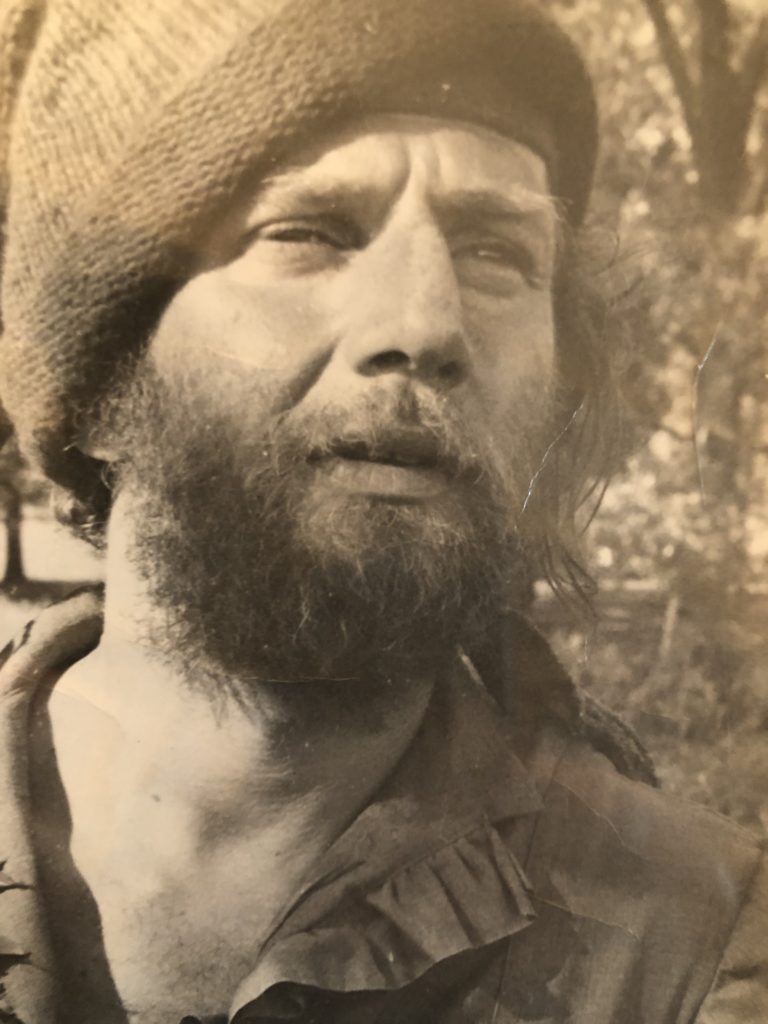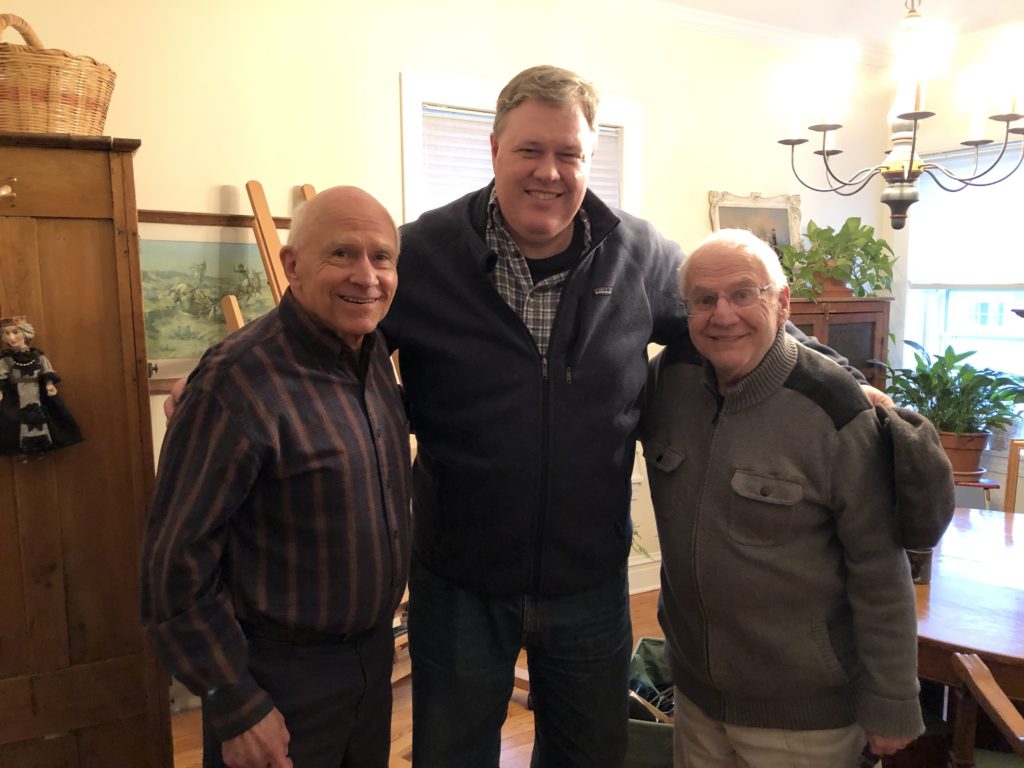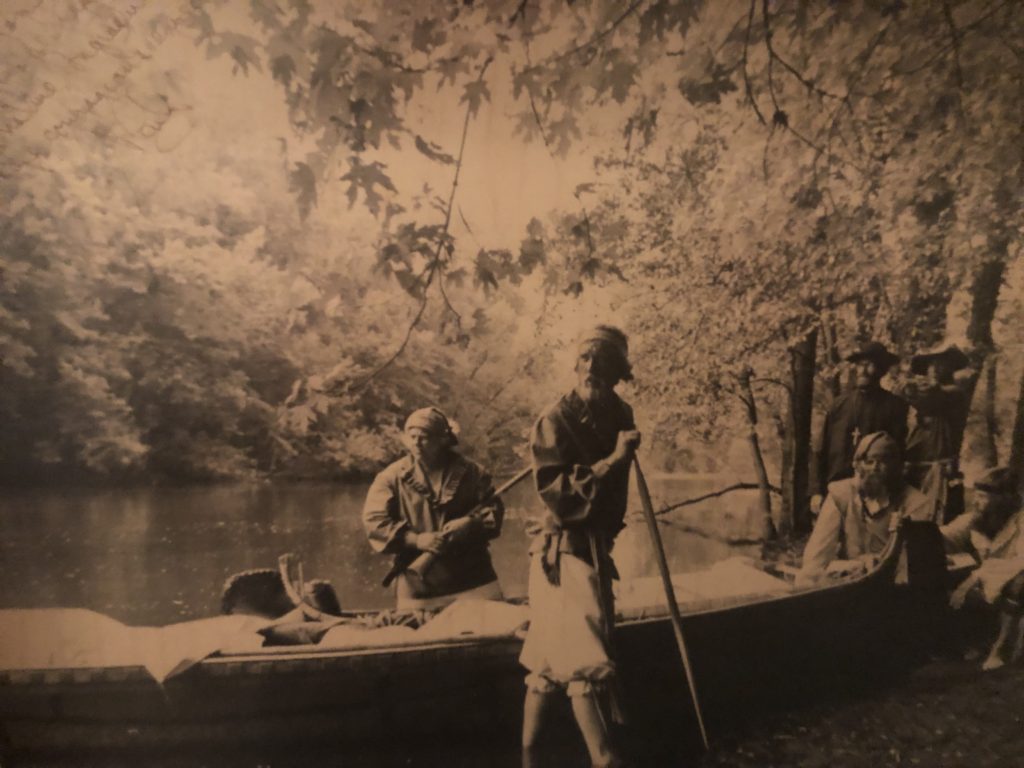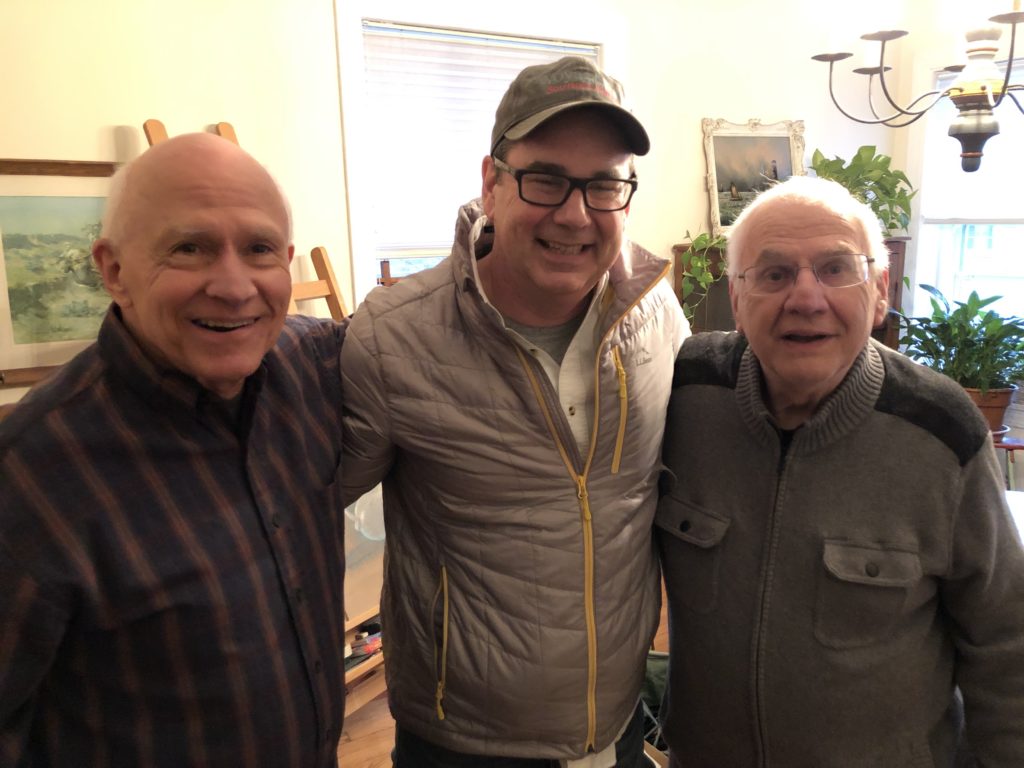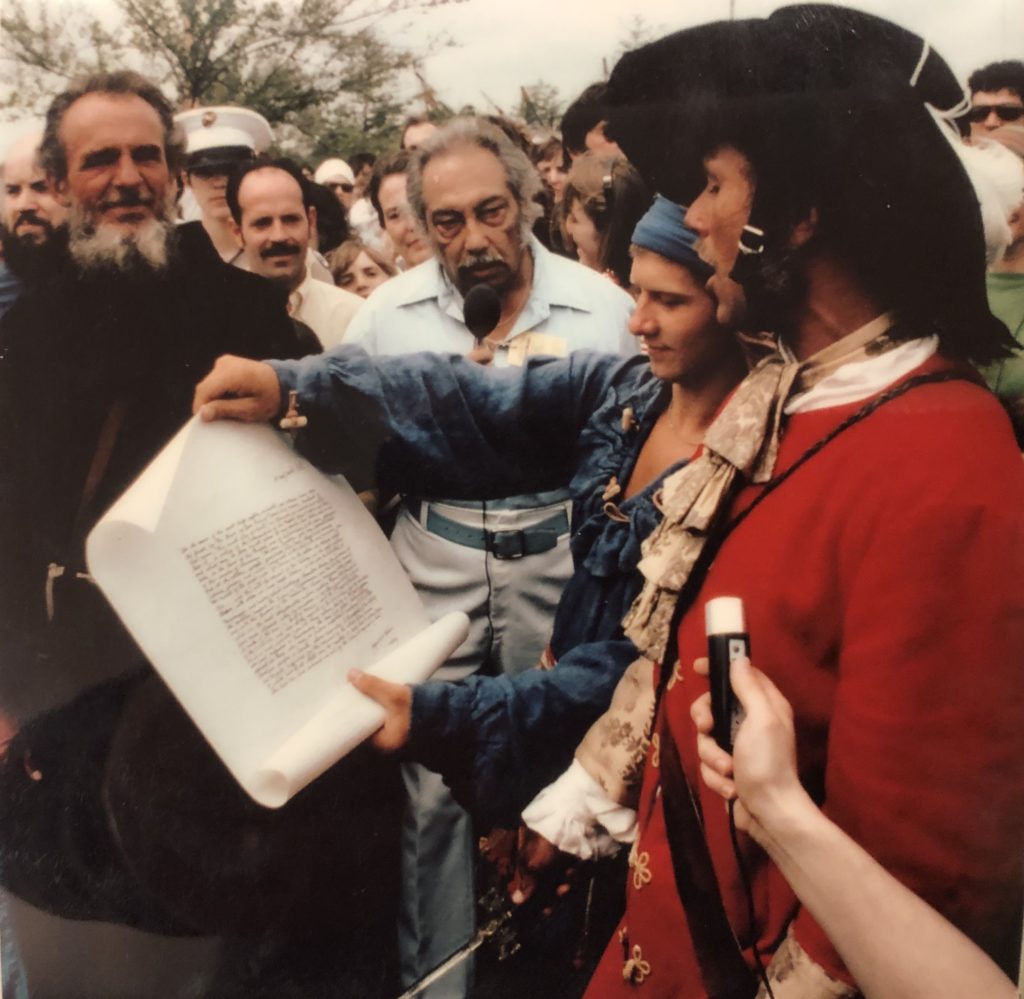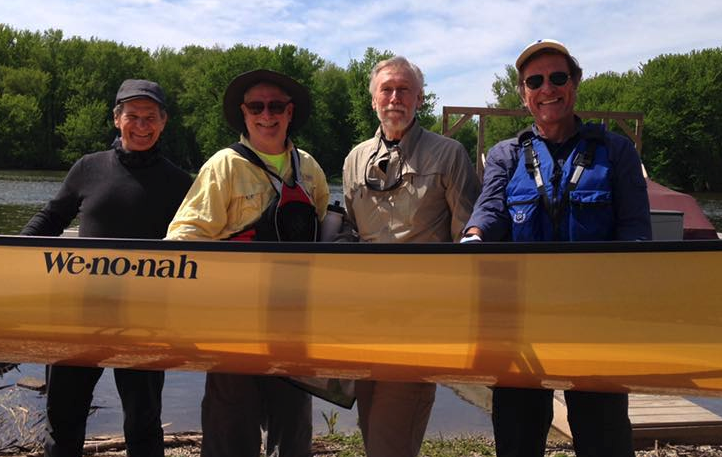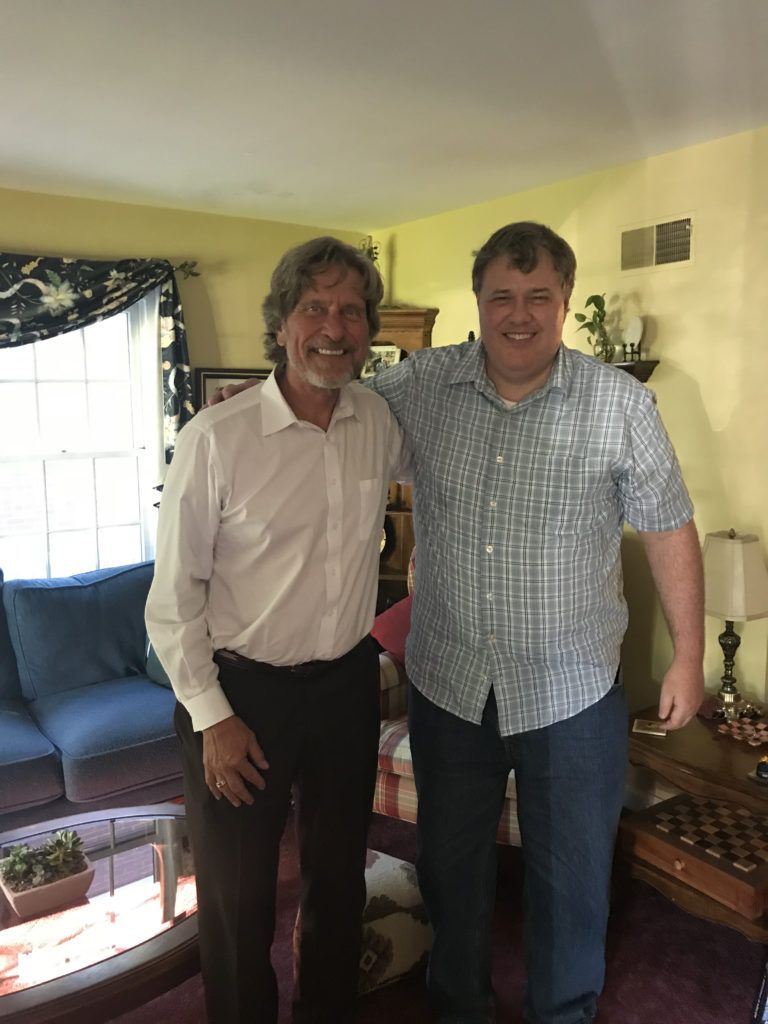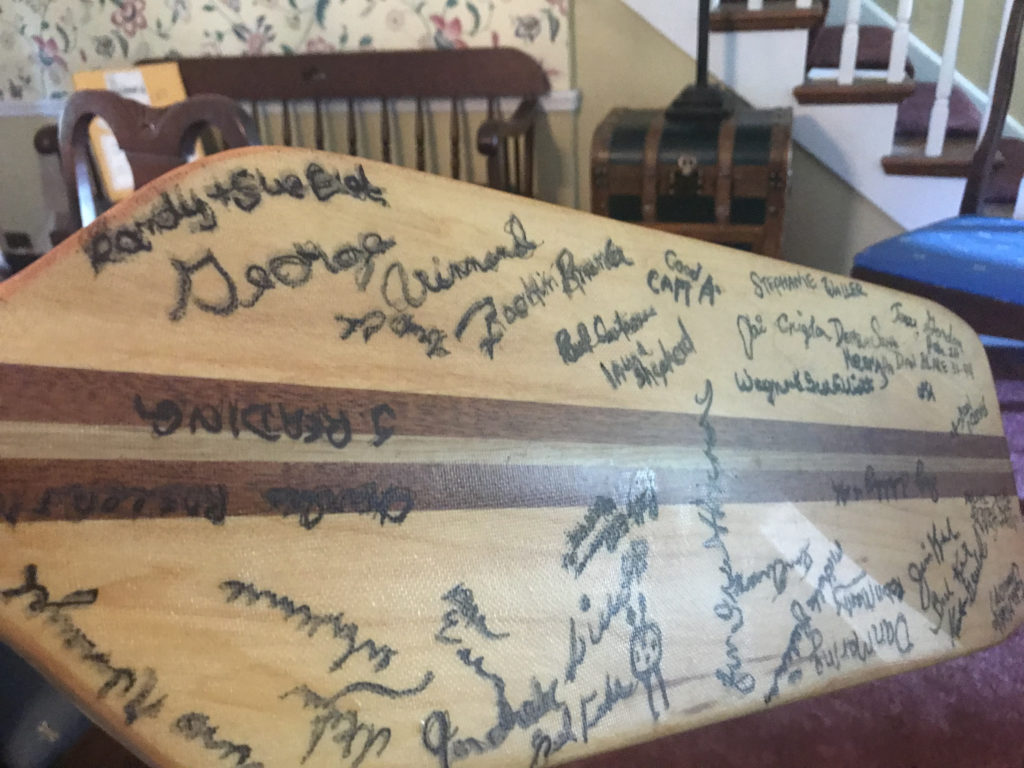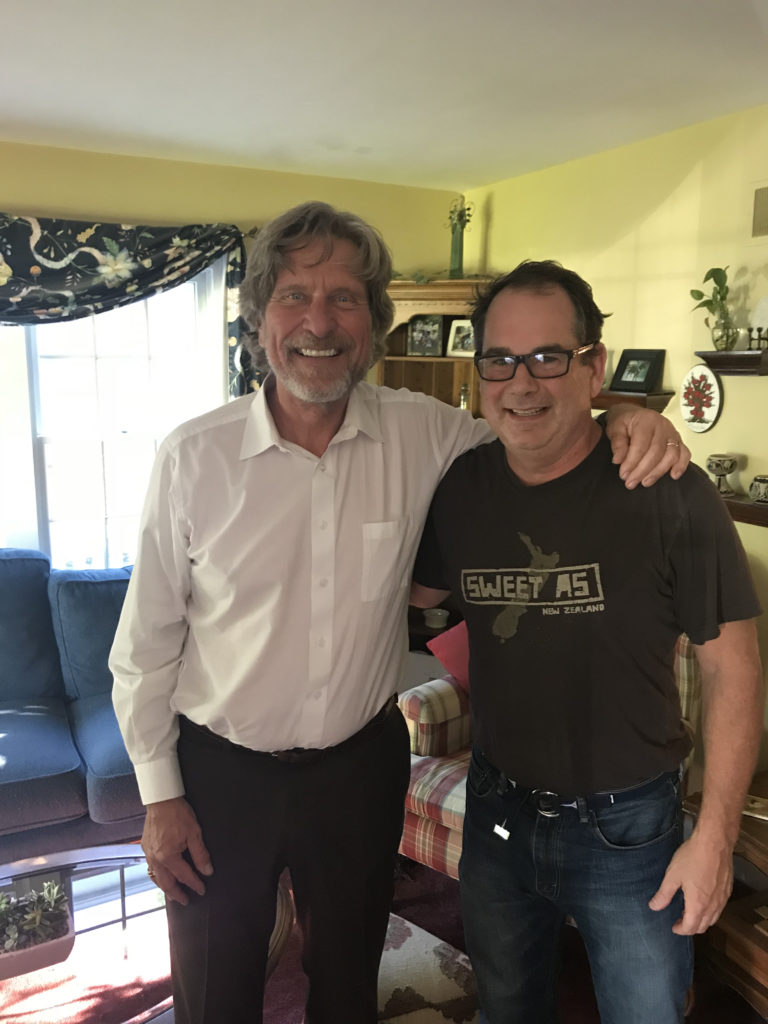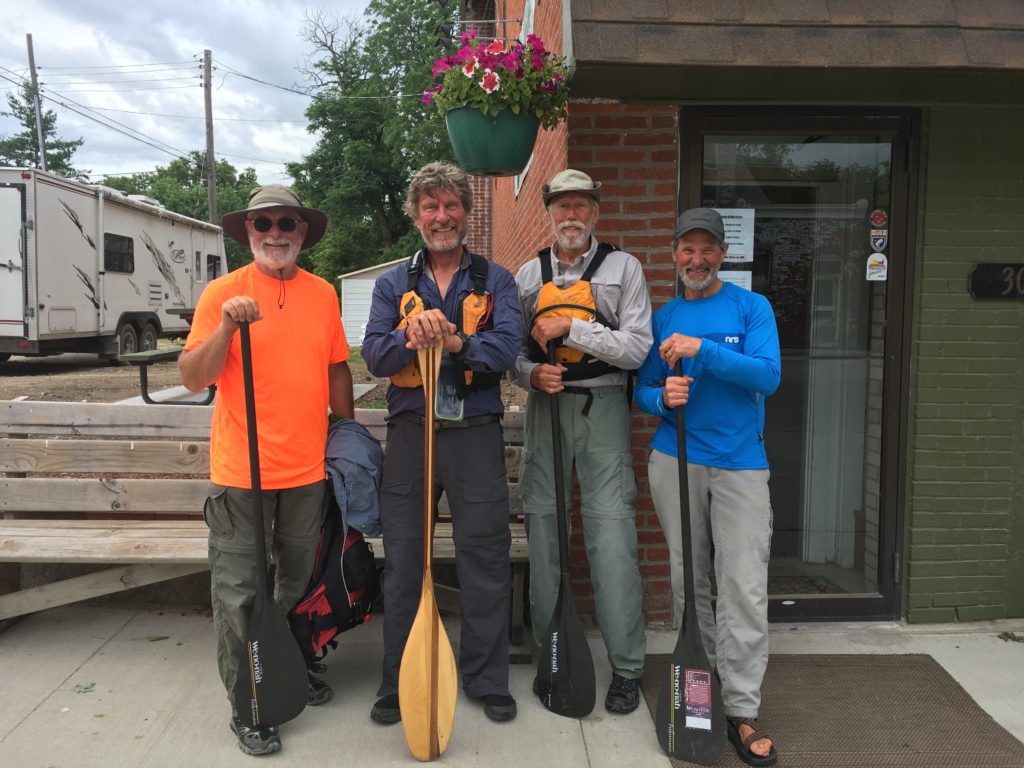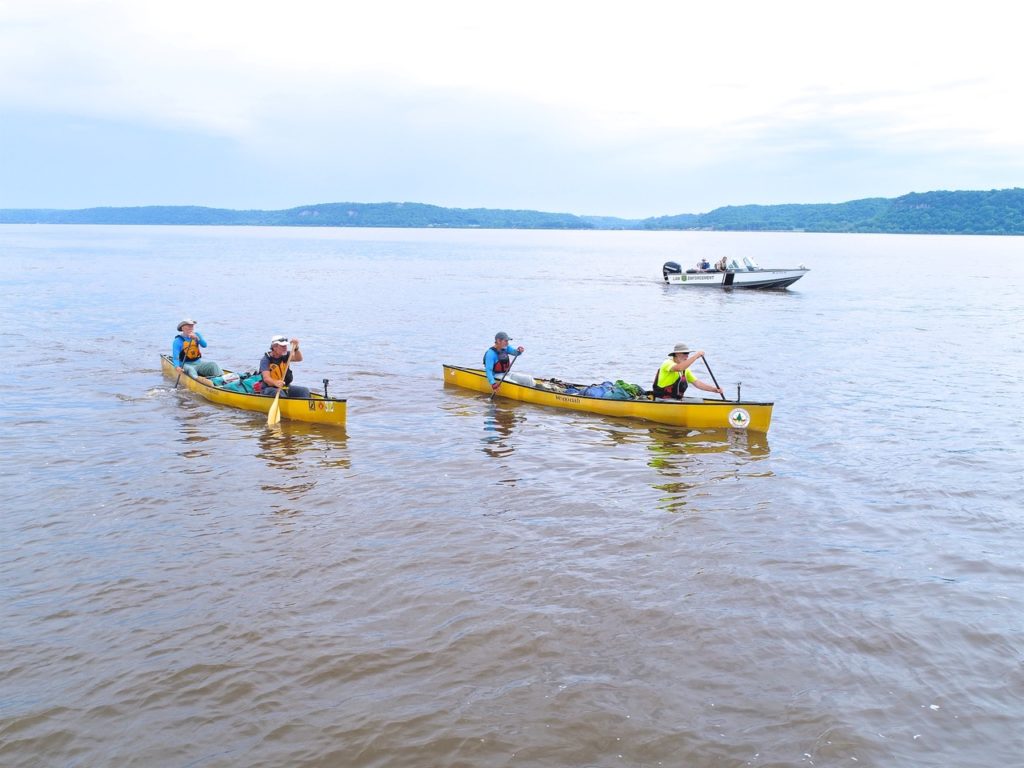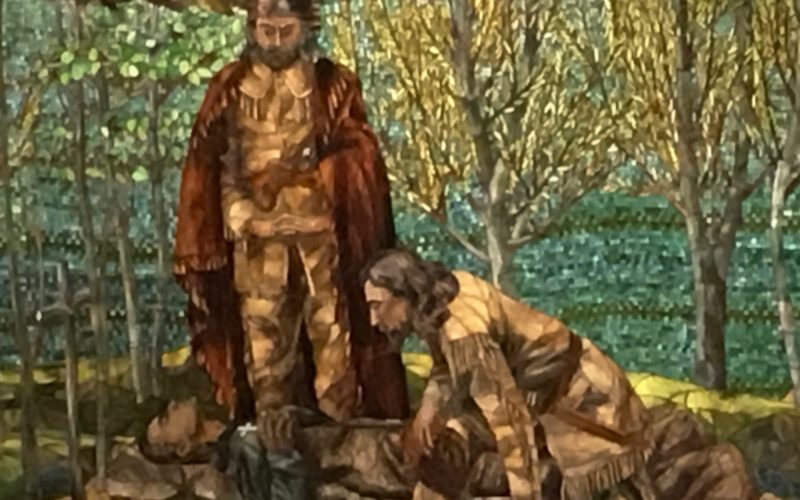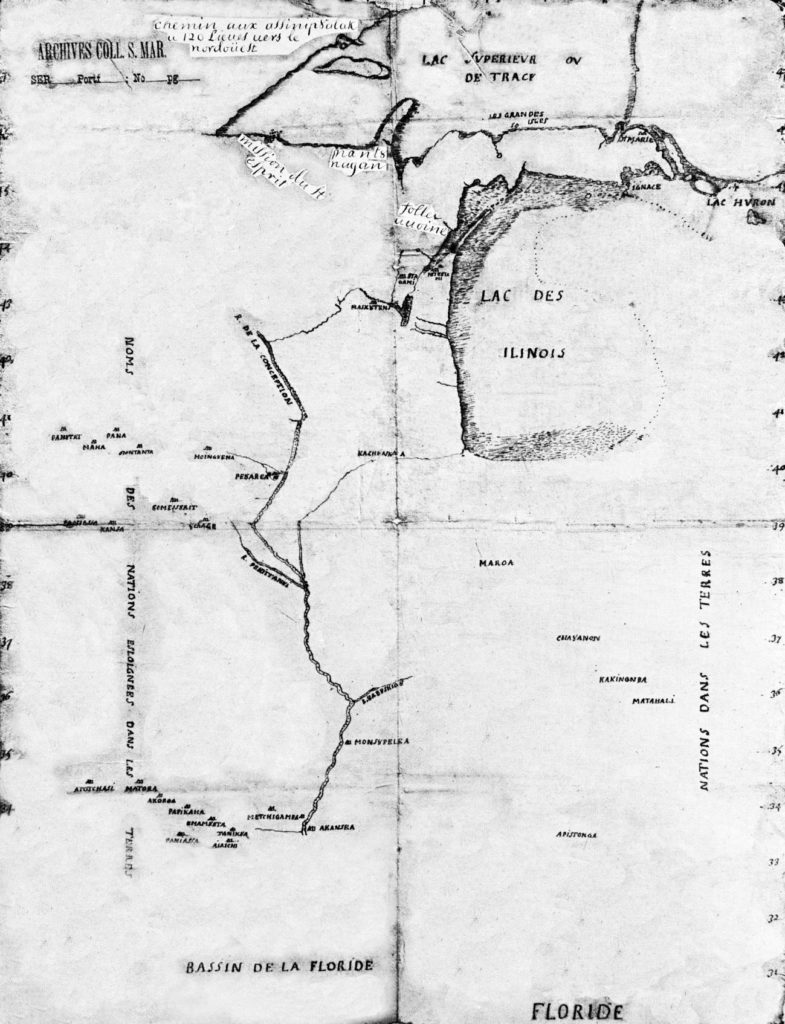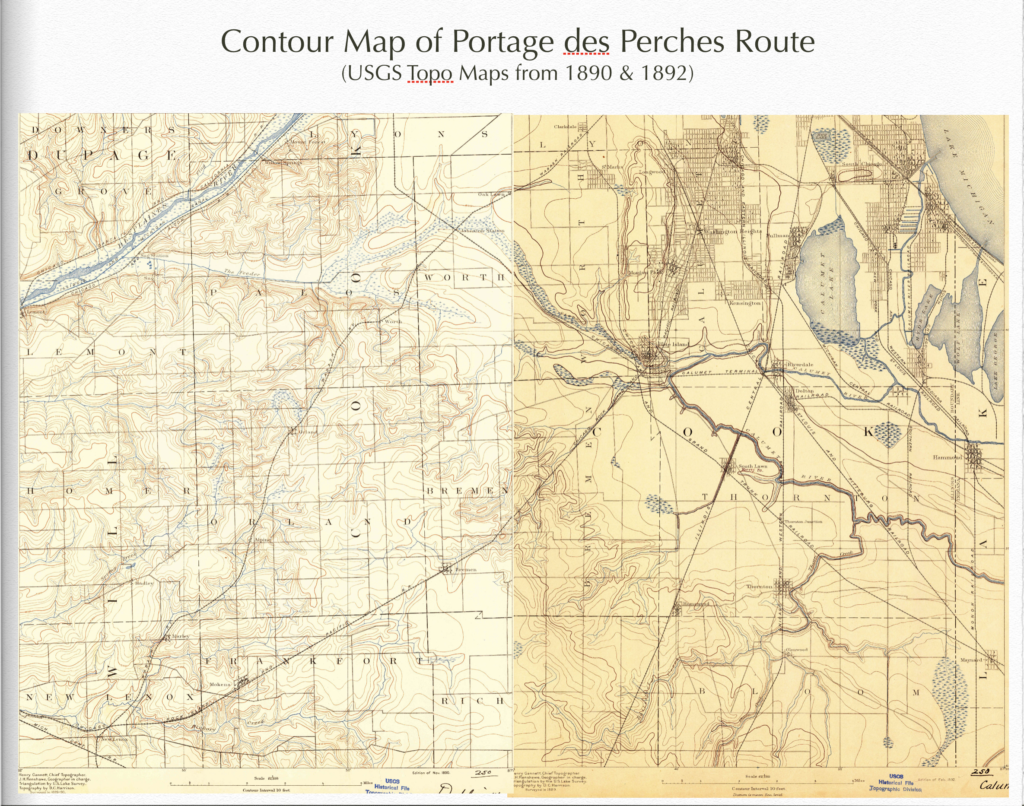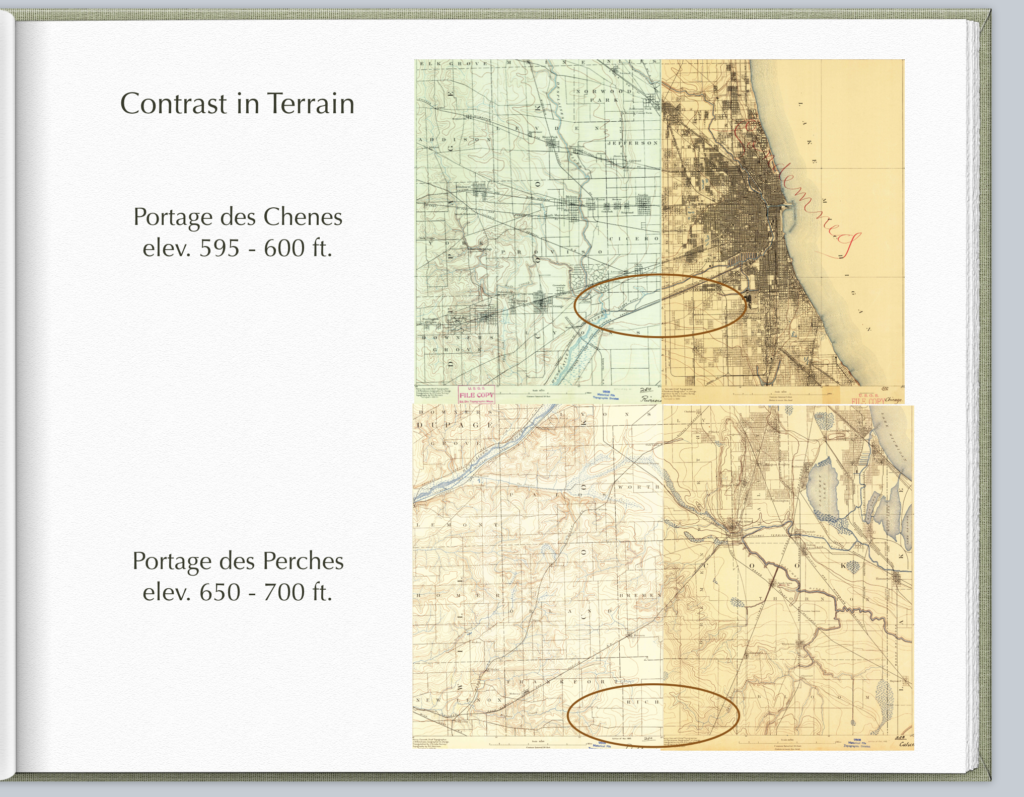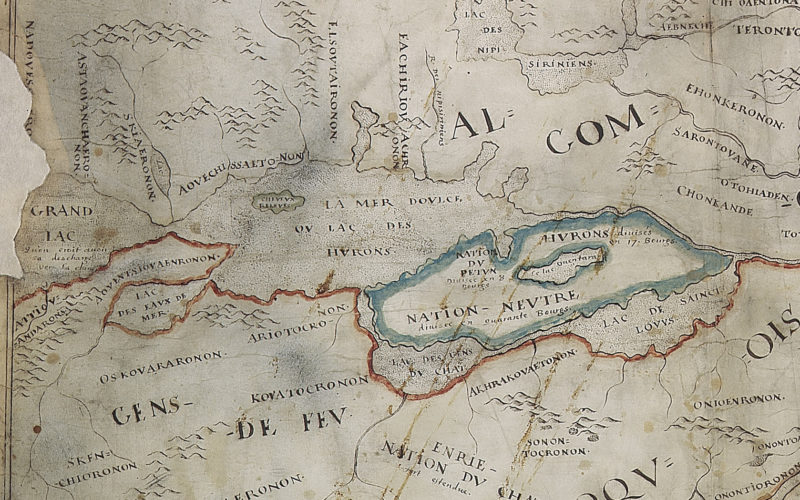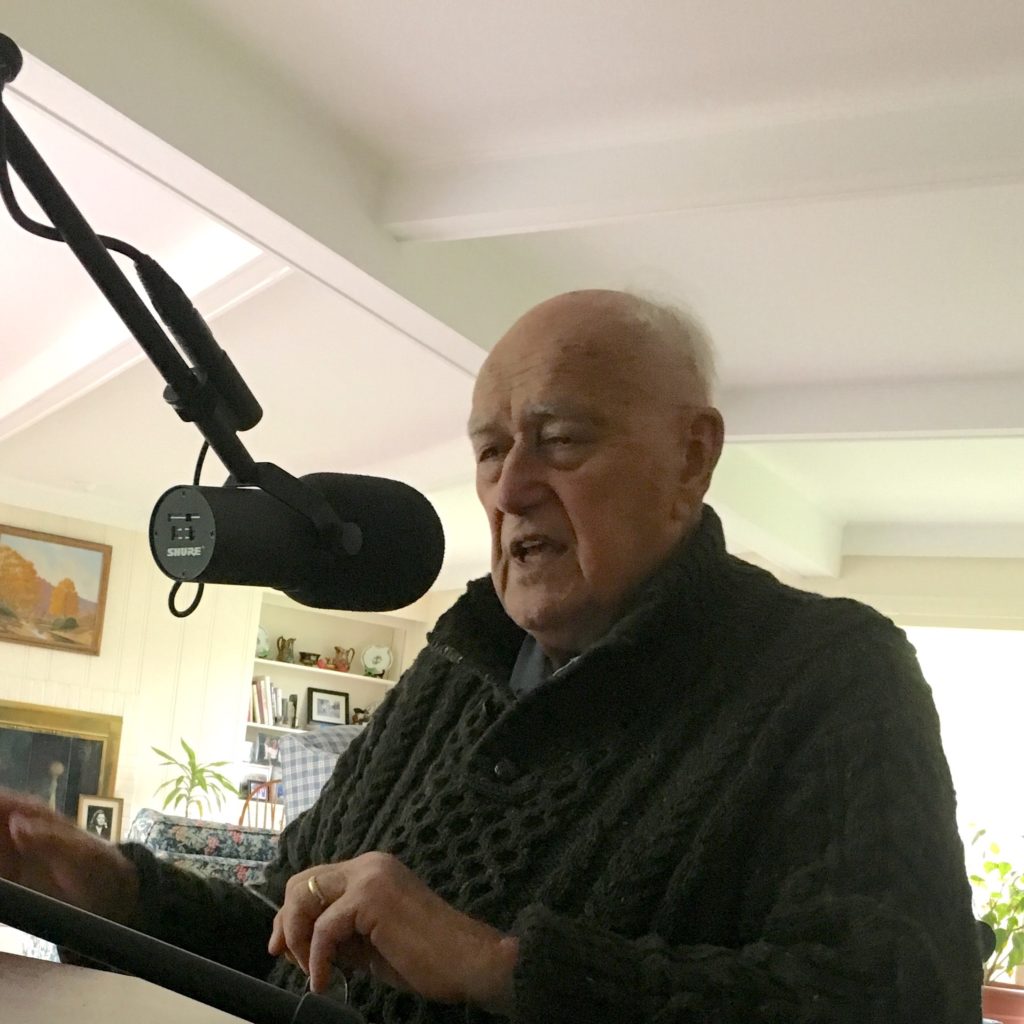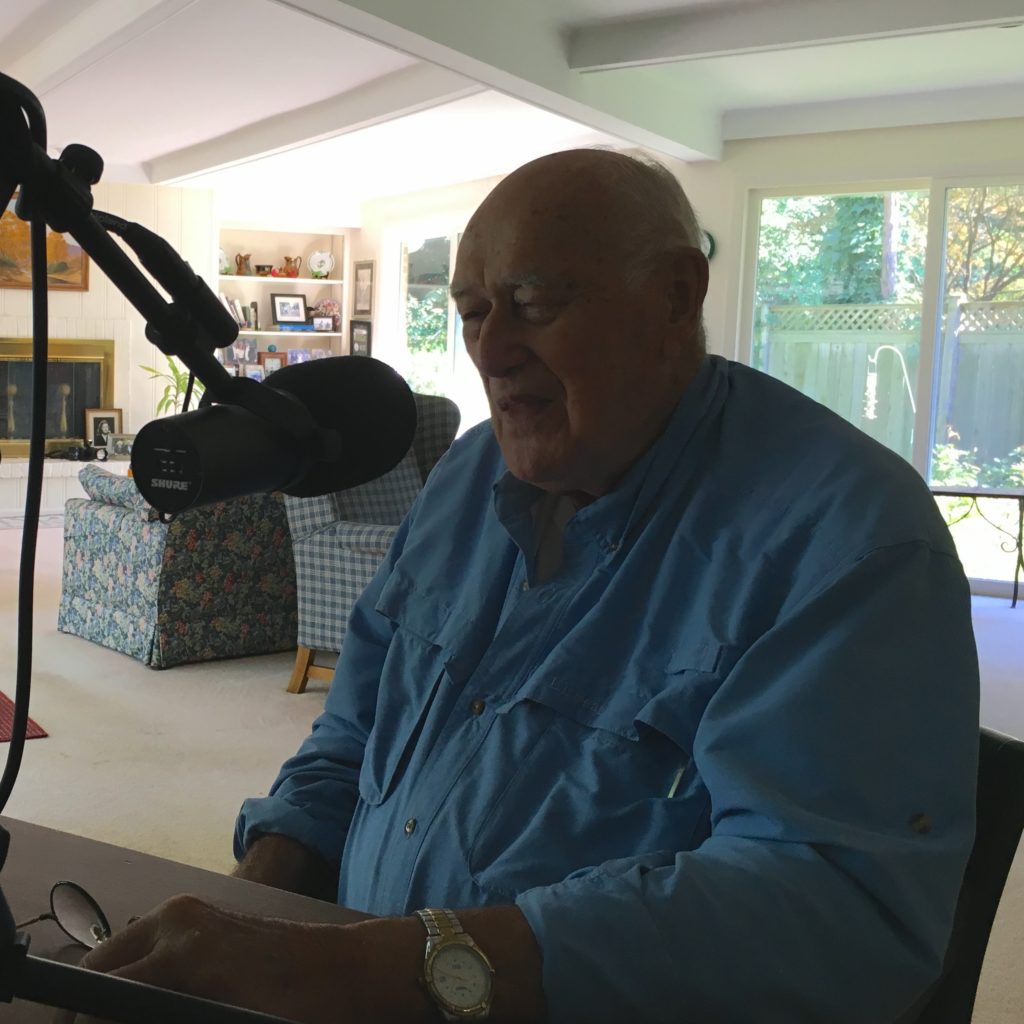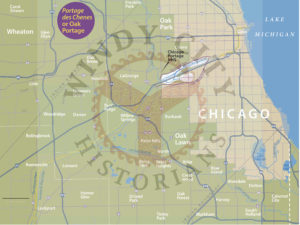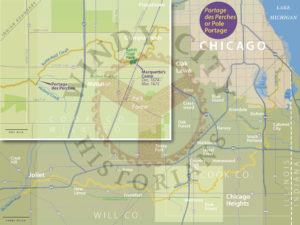Episode 12: The First Star – part two
Fort Dearborn at the beginning of the War of 1812 . . . is it a Battle or a Massacre? How should we, in the twenty-first century, talk about the events that occurred on Chicago’s lakefront on August 15, 1812 — a month-and-a-half after the declaration of war? How do we describe what happened to the column of approximately 100 soldiers, farmers, women and children in Indian Country that abandoned Fort Dearborn, mostly on foot, for Fort Wayne when they are attacked by approximately 500 Native Americans?
Join us in this episode of the Windy City Historians Podcast for the second half of our interview with history professor Ann Durkin Keating, Ph.D. and The First Star — a reference to the first star on the Flag of Chicago. Does William Wells actually get his heart carved out to be eaten by the victors? Find out about this and much more as we discuss the final events, implications, art and language surrounding Chicago and aftermath of this infamous attack in Chicago in 1812. We hope you will enjoy it as much as we have putting it together!
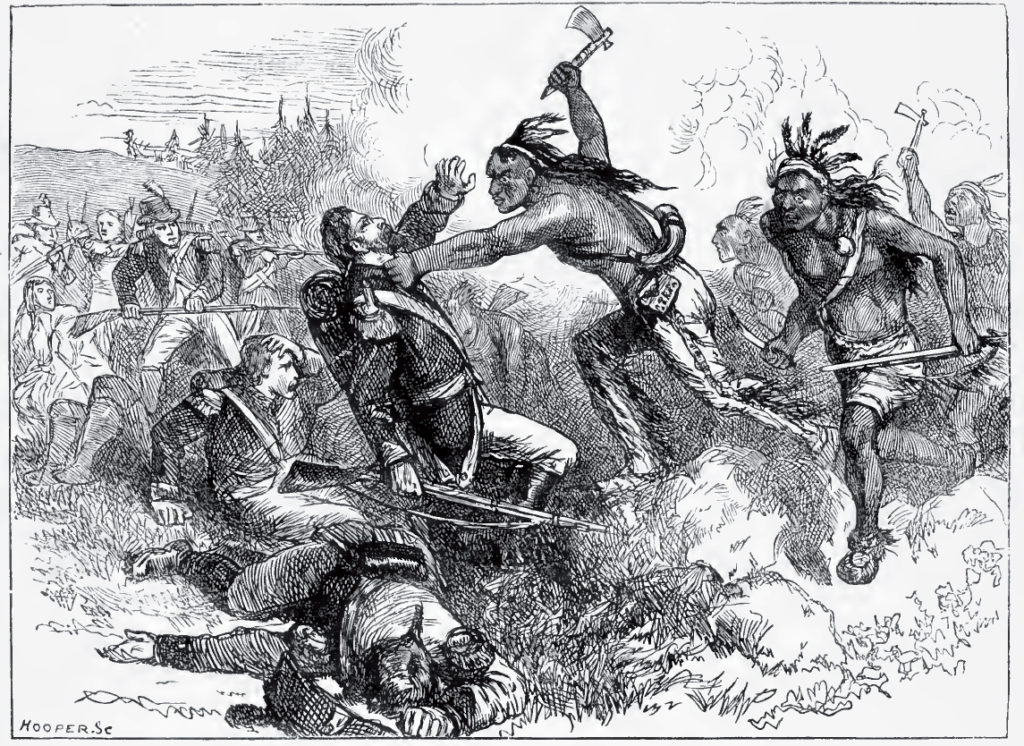
Engraving of the Battle of Fort Dearborn by S.C. Hooper 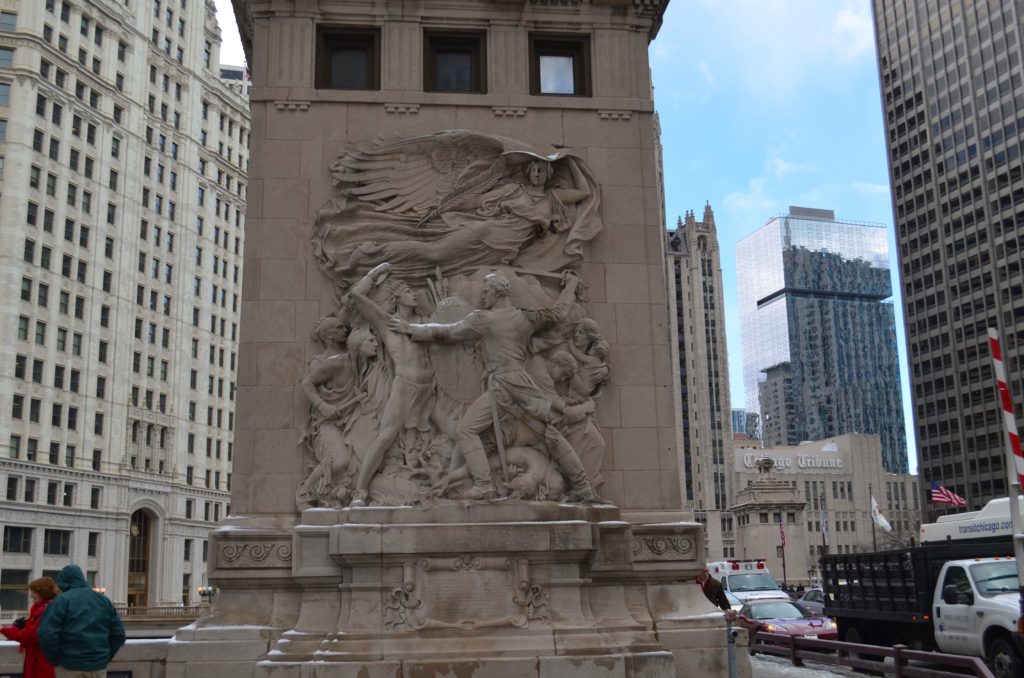
Sculptural relief of the battle on the SW bridge house of the Michigan Avenue Bridge 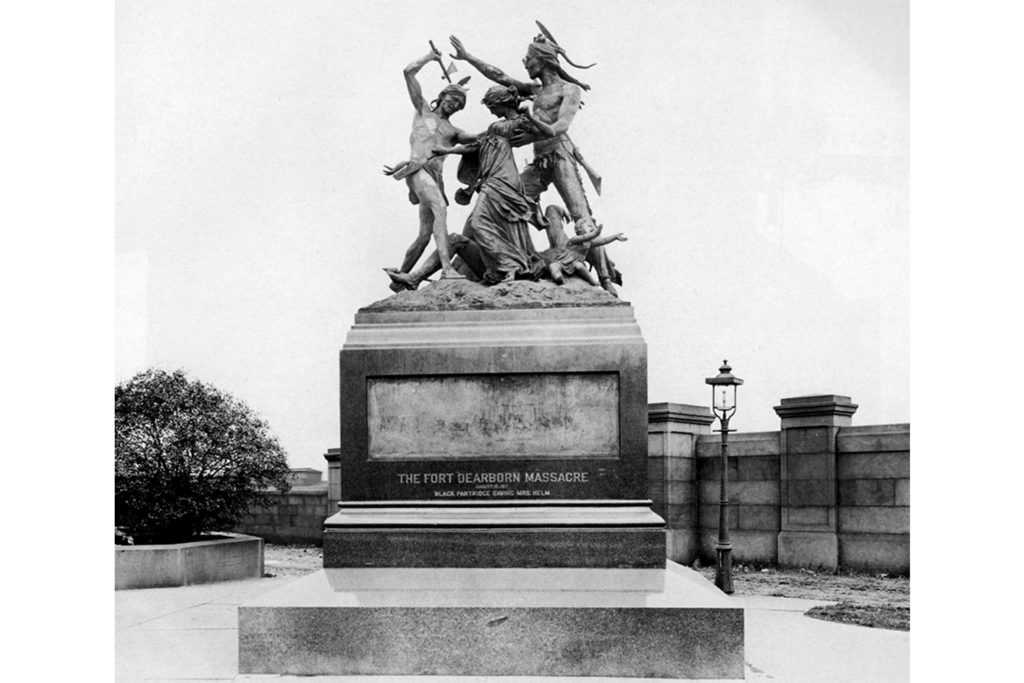
Statue of the Fort Deaborn Attack 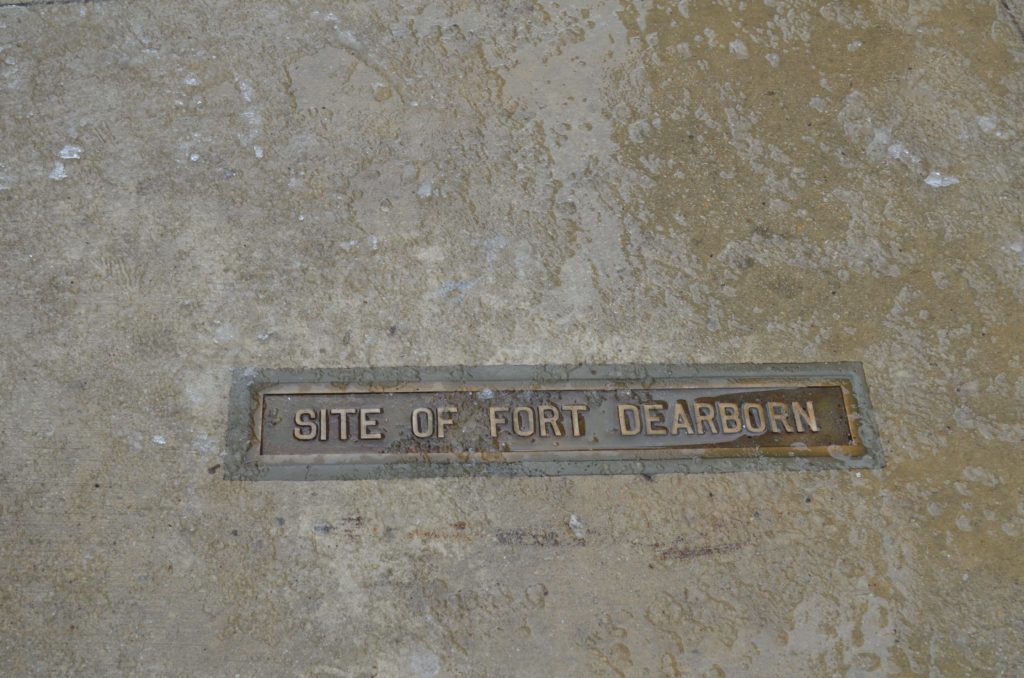
Commemorative plaque in the sidewalk by Michigan Avenue and Wacker Drive 
Dr. Ann Durkin Keating being interviewed by the Windy City Historians
Links to Research and History Documents
- Rising Up From Indian Country by Ann Durkin Keating, Ph. D.
- H.A. Musham, “Where Did the Battle of Chicago Take Place?” Journal of the Illinois State Historical Society, 36, no. 1 (March 1943)
- Dr. Keating also recommends: Constance R. Buckley, “Searching for Fort Dearborn: Perception, Commemoration, and Celebration of an Urban Creation Memory,” (Ph.D. diss., Loyola University, 2005), 6.
- Topinabee (1758-1826) – a Pottawatomie leader from the St. Joseph River area
- Simon Pokagon (1830-1899) – author and Native American advocate and Pottawatomie born in southwest Michigan. Son of Leopold Pokagon who was present at the Battle of Fort Dearborn.
- More about Simon Pokagon and the events at Fort Dearborn on August 15, 1812
- Battle of Fort Dearborn

